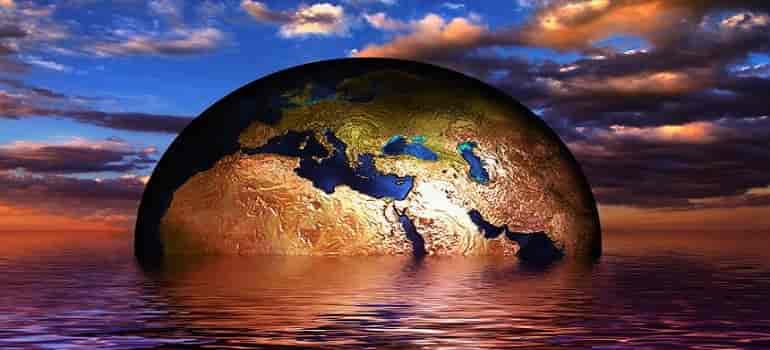According to geologists, the African continent is undergoing a split, which has led to the formation of a new ocean. This split is evidenced by the emergence of a 35-mile-long rift in the Ethiopian desert in 2005, which is believed to be the beginning of a new sea.
Seismic data from the rift formation has been used to show that the processes driving this split are similar to those found at the bottom of the ocean.
The split is occurring at the meeting point of the African and Arabian tectonic plates in the Ethiopian desert and has been happening slowly for approximately 30 million years, causing the Red Sea to also split.
The East African Rift, which separates the majority of the continent from eastern littoral nations like Kenya and Tanzania, is dividing the 54 countries that make up Africa.
The two pieces of land are separating at a pace of 7 millimetres per year, which will eventually lead to the distinct coasts of countries like Zambia and Uganda.
Active volcanoes such as Aloo Dalapila in Ethiopia and Old Wenyolangai in Tanzania offer new insights into the process, while the Victoria microplate, the largest of its kind on Earth, has been spinning against time for the past two years.


